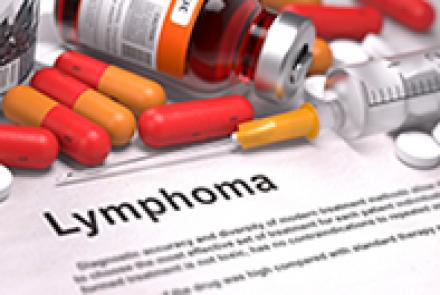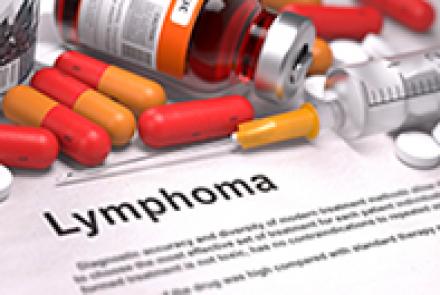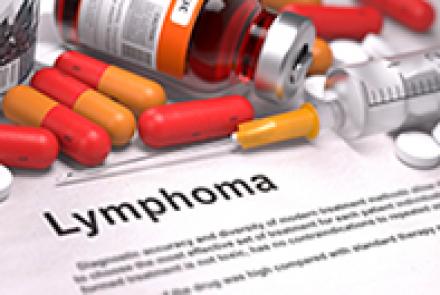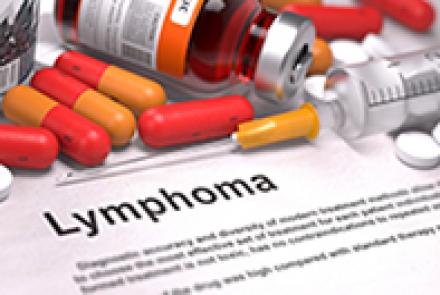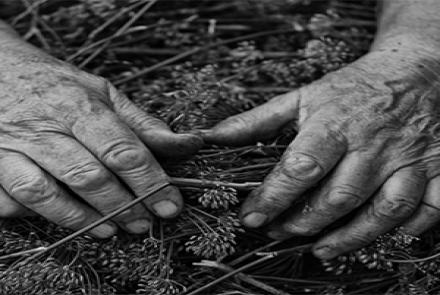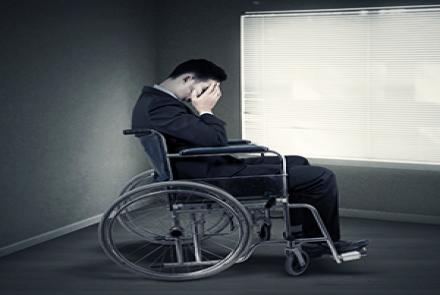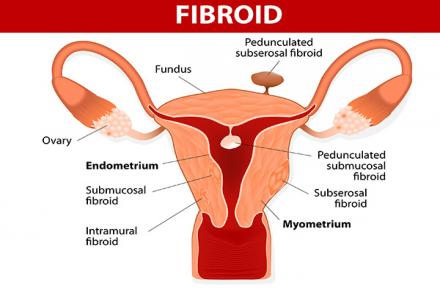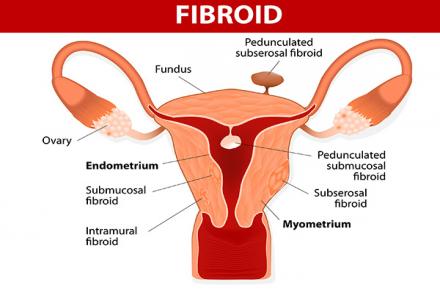There are two broad divisions of lymphomas; Hodgkin’s lymphoma and non-Hodgkin’s lymphoma.
Hodgkin’s lymphoma
Hodgkin’s lymphoma (HL) is a cancer that arises from B lymphocytes. Also known as Hodgkin’s disease, it was first described by Thomas Hodgkin in 1831. This is less common than non-Hodgkin’s lymphoma and accounts for approximately 15% of all lymphomas and is common in young adults. It is characterised by the presence of Reed-Sternberg cells. Early diagnosis can lead to full…
Latest Stories
- There are roughly over 60 types of lymphomas which are commonly grouped as Hodgkin and non-Hodgkin. Symptoms can be general and can be seen almost anywhere in the body not just the area where the cancer is around. Signs and Symptoms of Hodgkin's Lymphoma Approximately one-third of the patients may have disease-related symptoms, including B symptoms and pruritis (itching of the skin). Less commonly, patients may report pain in involved regions after ingestion of alcohol. B symptoms are…
- Ensure that patients understand their diagnosis, treatment options, and prognosis and complications of therapy, which, in rare occasions, may result in a fatal event. Discuss potential complications of treatments with your doctor. Hodgkin's lymphoma Renal failure as a result of tumor lysis syndrome from therapy is a potential risk in all patients, especially those with a high tumor burden. Aggressive management of this potentially life-threatening complication should be clearly addressed…
- Prevention of Hodgkin's Lymphoma The exact cause of Hodgkin’s lymphoma is not yet known. The only way to prevent it is by lowering one's risk factors such as obesity, HIV etc. Prevention of non-Hodgkin's Lymphoma The exact cause of Hodgkin’s lymphoma is not yet known. The only way to prevent it is by lowering one's risk factors such as obesity, HIV, HTLV-1 infection etc. Prevention of Burkitt's Lymphoma Some risk factors associated with the Sporadic form can be lowered, most particularly…
- Lymphoma is a cancer of the lymphatic system. The lymphatic system is a part of the circulatory system, which defends the body against infections. The lymphatic system is made up of organs, such as spleen and tonsils, lymph vessels and lymph nodes and they circulate lymph, a fluid, which contains lymphocytes that fight bacteria. In Lymphoma, there is an abnormal growth of the lymphocytes that then begin to accumulate in the lymph nodes of the body or in the spleen. In some cases, it can…
- Disasters such as floods have an even worse impact on people with dementia. Dr Sridhar Vaitheswaran explains what precautions and coping measures can be taken A disaster is defined as an unexpected event that kills a lot of people or causes a lot of damage (Oxford Advanced Learner’s Dictionary). During a disaster, routine life is affected to a significant extent. Individual lives are under threat and the immediate focus is on protecting lives. The capacity of organisations that generally manage…
- Traumatic events bring new problems in their wake. Porrselvi A.P. talks about dealing with Post-Traumatic Stress Disorder (PTSD) The scars of a calamity, such as the recent Chennai floods, are not always visible. Physical needs, like rebuilding a home, going back to work and keeping infections at bay, require a lot of effort but are usually managed well by the survivors within one to six months following the event. It is generally assumed that people are then back to their normal lives and have…
- Since there is no known cause of uterine fibroids, there are no clear strategies to prevent fibroids. However, it is good to know if have a high risk as per the risk factors highlighted - if you are Asian, if have a hereditary risk or if you have had early onset of menstrual cycles. Keep your weight under control. Avoid a red meat diet Limit alcohol consumption Its also important to do regular tests especially if you are in the high risk category so you can catch them early or before…
- Apart from the medication mentioned in the treatment section, the following may help manage the symptoms: Diet Eat beans and legumes as these reduce oestrogen levels Grape seed extract, red raspberry, fish, like salmon, tuna, mackerel rich in omega-3 shrink fibroids Fibre rich foods promote oestrogen excretion, eg: Dark leafy greens Broccoli Ground flaxseed Whole grains like brown rice, millet, rye and oats. These regulate good oestrogen metabolism Avoid eating soya beans, other fermented…

